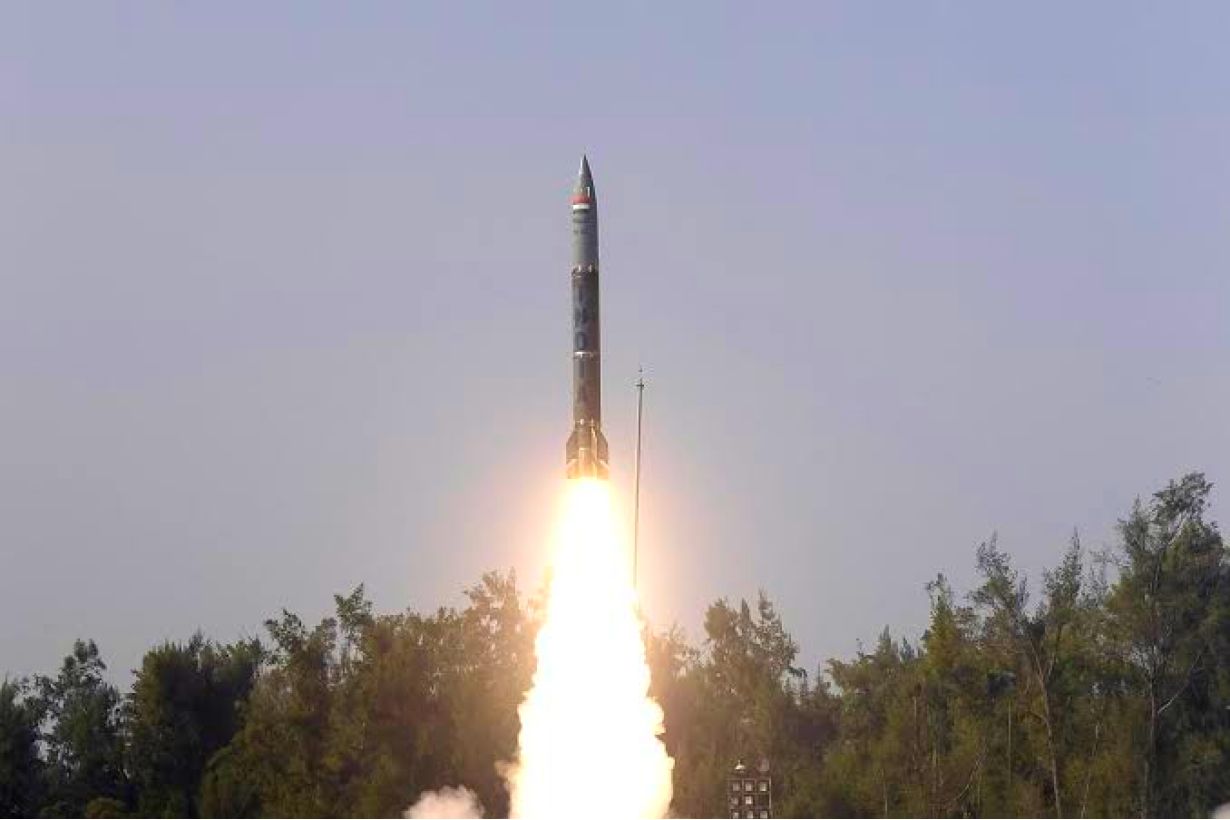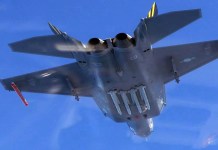India is advancing its tactical missile capabilities by improving the range, accuracy, and lethality of the Pralay ballistic missile, a short-range surface-to-surface weapon developed by the Defense Research and Development Organisation (DRDO).
According to a report from the Times of India on September 28, India’s defense forces are preparing to induct an enhanced version of the Pralay missile, with a range of 400 kilometers, alongside the long-range Nirbhay cruise missile, capable of striking targets up to 1,000 kilometers away.
Lt. Gen. A. Kumar, Director General of the Indian Army’s Regiment of Artillery, confirmed during a press briefing that the Defence Acquisition Council has approved the purchase of both missile systems.
He noted that DRDO’s ongoing development efforts aim to refine these weapons to meet the evolving demands of modern warfare.
“Our missile program is progressing well at the desired pace, wherein research and development is being carried out by DRDO to enhance range, accuracy, and lethality of both ballistic and cruise missiles,” Kumar said.
The General also disclosed that efforts to develop hypersonic missile technology are in progress, indicating India’s dedication to leading in missile advancements.
India’s push to enhance its missile arsenal comes amid growing interest from international partners. Previous reports suggest that Armenia has expressed interest in acquiring the Pralay missile, which would mark a significant export milestone following the success of the BrahMos missile.
A potential export contract could further boost DRDO’s reputation as a leading missile exporter. In addition to missile advancements, the Indian Army is bolstering its long-range firepower by adding six more regiments of the Pinaka multi-barrel rocket launcher system to its arsenal.
This expansion, Kumar stressed, has “added more punch and lethality” to India’s defense capabilities.
Drawing lessons from the ongoing Russia-Ukraine conflict, Kumar said, “Our focus will remain on enhancing operational preparedness and staying ahead of challenges by innovating our technical and tactical philosophies.”
With these developments, India is positioning itself to meet future security challenges with a formidable and advanced arsenal.
Pralay Short-Range Ballistic Missile
India’s defense capabilities are set to receive a significant boost with the enhancement and deployment of the Pralay missile, a tactical surface-to-surface, short-range ballistic missile (SRBM) developed by the DRDO.

Project ‘Pralay’ was sanctioned in March 2015, and since then, the missile has rapidly evolved into one of India’s most formidable tactical weapons.
The development of the Pralay missile combines technologies from two major missile systems: the Prithvi Defence Vehicle (PDV), an exoatmospheric interceptor, and the Prahar tactical missile.
The missile is equipped with a solid-fuel rocket motor and follows a quasi-ballistic trajectory, allowing it to perform mid-air maneuvers using a maneuverable reentry vehicle (MaRV) to avoid detection and interception by anti-ballistic missile (ABM) systems.
The first trials of Pralay took place in December 2021, with subsequent tests in December 2022. The missile was tested for a range of 500 kilometers with heavier payloads.

On November 7, 2023, the missile completed its final test, achieving all mission objectives paving the way for its operational induction.
Pralay is designed to be a quick-reaction missile. It can be launched within 10 minutes from a canister on a land mobile launcher. The missile boasts rapid deployment capabilities and can transition from command to launch in 60 seconds.
A 12×12 vehicle can carry two Pralay missiles, each capable of targeting different locations or striking a single target from different trajectories.
One of Pralay’s standout features is its ability to optimize its flight path to avoid air defense systems. In its terminal phase, it employs a millimeter-wave (MMW) seeker for precision targeting, with its speed varying depending on the trajectory.
The missile employs inertial navigation for mid-flight guidance and radar imaging for terminal homing, ensuring precision strikes with a Circular Error Probability (CEP) of around 10 meters.
The missile’s jet vane system for thrust vector control allows it to perform evasive maneuvers in its terminal phase. Similar to Russia’s Iskander-M missile, Pralay may also be capable of releasing decoys, further frustrating adversary air defense systems.
An Analog of Russia’s Iskander-M Missile
India-based defense analyst Vijainder K Thakur pointed out, “The Pralay missile is an analog of Russia’s Iskander-M quasi-ballistic missile, which has acquired a formidable reputation during Russia’s Special Military Operation in Ukraine.”
The Pralay and Iskander-M exhibit impressive accuracy, with a circular error probability (CEP) of around 10 meters, a feature attributed to terminal guidance systems utilizing seekers.
While the Iskander-M employs optical or radio-frequency Digital Scene Mapping and Correlation (DSMAC) guidance, the Pralay is believed to currently rely solely on radio-frequency DSMAC.
Fitted with an indigenously developed fused silica radar dome (RADOME), the Pralay missile is designed for radar imaging during terminal guidance enhancing its precision further.
The missile’s jet vane system allows for thrust vector control, enabling evasive maneuvers during the terminal phase. Like the Iskander-M, Pralay may also be capable of deploying decoys to mislead and overwhelm enemy air defense systems.

The missile’s launch system is highly mobile, supported by a 12×12 launcher that can carry two missiles or an 8×8 launcher for single missile deployment.
Each launcher is complemented by a Battery Command Centre (BCC) vehicle, which functions as a communication hub and supports missile operations.
The impressive performance of the Russian Iskander-M missile in Ukraine likely spurred India’s Ministry of Defence and the DRDO to expedite the enhancement and acquisition of the Pralay missile system.
Pralay, equipped with cutting-edge technology and robust operational capabilities, is poised to considerably bolster India’s tactical defense inventory, improving its preparedness to address modern security threats.
- Contact the author at ashishmichel(at)gmail.com
- Follow EurAsian Times on Google News




